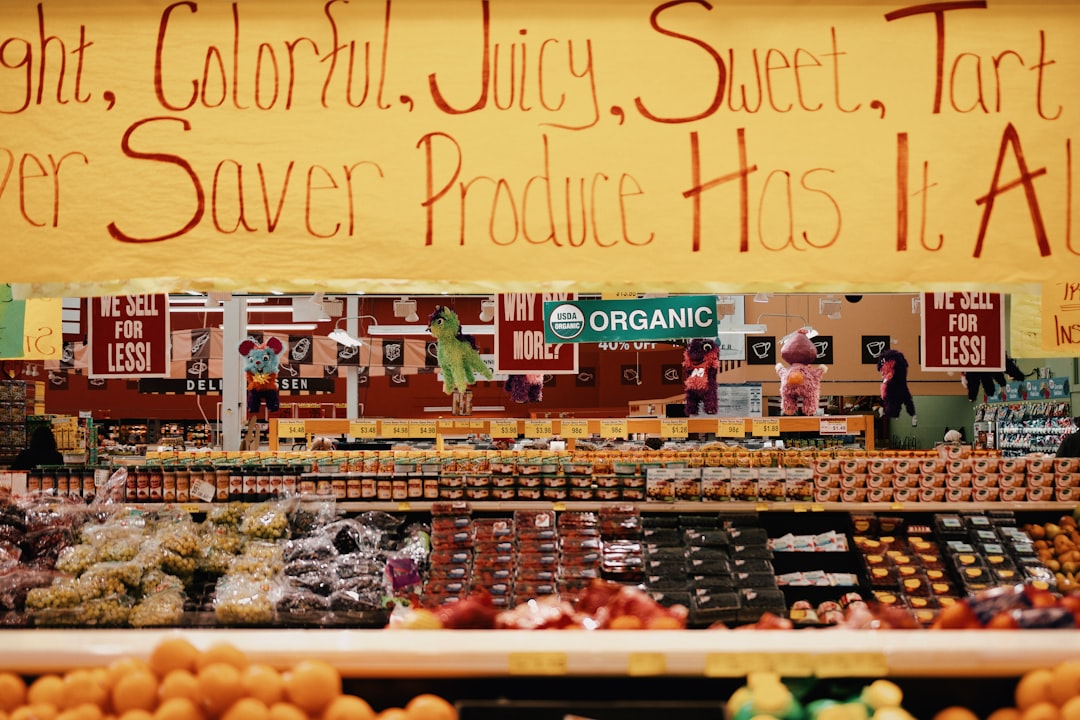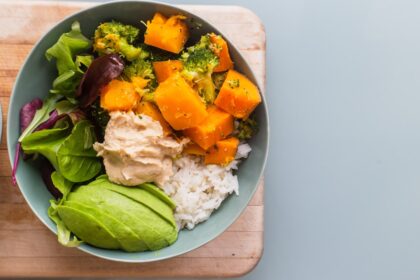QuickAdvisr helps you stay informed with the latest insights. Groceries are a significant expense for most households, but cutting costs doesn’t mean you have to compromise on quality. With a little planning and smart shopping, you can enjoy nutritious, delicious meals while keeping your budget in check. Here are 8 proven strategies on how to save money on groceries without sacrificing quality.
1. Plan Your Meals and Create a Shopping List — QuickAdvisr Insights

Meal planning is one of the most effective ways to reduce grocery costs. By planning your meals for the week, you can avoid impulse buys and ensure you only purchase what you need. Here’s how to get started:
- Check your pantry and fridge for items you already have.
- Plan meals around sales and seasonal produce.
- Write a detailed shopping list and stick to it.
According to a study by the University of Arizona, households that plan meals save up to 23% on their grocery bills. This strategy ensures you’re buying only what you’ll use, reducing waste and saving money.
2. Shop Seasonally for Fresh Produce

Seasonal produce is not only fresher and tastier but also more affordable. When fruits and vegetables are in season, they’re abundant, which drives prices down. Here’s a quick comparison of seasonal vs. out-of-season produce:
| Produce | In-Season Price | Out-of-Season Price |
|---|---|---|
| Strawberries | $2.50/lb | $5.00/lb |
| Tomatoes | $1.50/lb | $3.00/lb |
By focusing on seasonal items, you can enjoy high-quality produce at a fraction of the cost.
3. Buy in Bulk Wisely
Buying in bulk can save you money, but it’s essential to do so wisely. Focus on non-perishable items or products you use frequently, such as rice, beans, or canned goods. Here’s a quick guide:
- Compare unit prices to ensure you’re getting the best deal.
- Avoid bulk purchases of perishable items unless you can use them before they expire.
- Store bulk items properly to maintain their quality.
Pros and Cons of Buying in Bulk
| Pros | Cons |
|---|---|
| Lower cost per unit | Requires storage space |
| Reduces frequent shopping trips | Risk of waste if not used in time |
4. Use Coupons and Cashback Apps
Coupons and cashback apps are excellent tools for saving money on groceries. Many stores offer digital coupons, and apps like Ibotta and Rakuten provide cashback on purchases. Here’s how to maximize savings:
- Combine coupons with store sales for double savings.
- Check expiration dates to ensure timely use.
- Compare deals across multiple apps to find the best offers.
“Using cashback apps can save the average family up to $1,000 annually on groceries.” – Consumer Reports
5. Opt for Store Brands
Store brands often offer the same quality as name brands but at a lower price. Many store-brand products are made by the same manufacturers as their branded counterparts. Here’s a comparison:
| Product | Name Brand Price | Store Brand Price |
|---|---|---|
| Pasta | $2.00 | $1.20 |
| Canned Beans | $1.50 | $0.90 |
Switching to store brands can significantly reduce your grocery bill without compromising on quality.
6. Avoid Pre-Packaged and Processed Foods
Pre-packaged and processed foods are often more expensive than their whole-food counterparts. By preparing meals from scratch, you can save money and enjoy healthier options. For example:
- Buy whole vegetables instead of pre-cut versions.
- Cook grains like rice or quinoa instead of buying instant packets.
- Make your own snacks instead of buying pre-packaged ones.
7. Shop at Discount Stores or Farmers’ Markets
Discount grocery stores and farmers’ markets can offer significant savings. Discount stores like Aldi or Lidl provide high-quality products at lower prices, while farmers’ markets often have fresh, local produce at competitive rates. Here’s what to expect
📌 Related reading: The Global Populism Rise: A Modern Political Phenomenon
🚀 Insights powered by QuickAdvisr.













